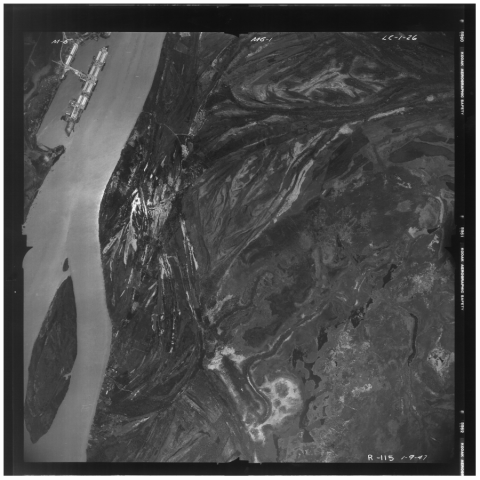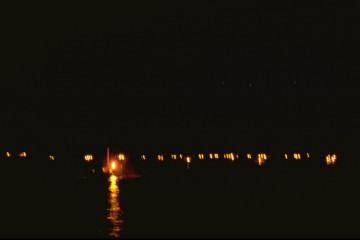http://star-www.giz.de/dokumente/bib/98-1121.pdf
The Ciénaga Grande de Santa Marta, a brackish lagoon system on the Caribbean coast of Colombia, is the main fishing ground of the country. Locally, it is of great ecological and economical importance. Human induced changes in the hydrological system caused hypersalinisation of the soils. As a result, about 60% of the mangroves growing in the lagoon’s flood plain died, thereby decreasing the productivity of the ecosystem and endangering or destroying the food source for both animals and humans in the area.
Presently, efforts are beeing made to reestablish the original hydrological system. The objective of the present project is to identify the regeneration patterns in the forests, to define the conditions for mangrove regeneration in the Ciénaga Grande, and to ascertain whether regeneration of the large unforested area is possible.
Experiments under controlled conditions, measurements in bare and forested areas, as well as reforestation experiments showed, that regeneration is possible. As the bare area is large (30,000 ha) and presently very few or no propagules arrive naturally, the regeneration will be slow. Reforestation with Avicennia germinans, Laguncularia racemosa and Rhizophora mangle, the most important mangrove species of the area, can accelerate the process.
In the forests, the growth rate is mainly determined by salinity and the mortality by seasonal flooding. Pollination and fruit production of Laguncularia are ensured as well as the natural regeneration in the forests in spite of high seedling mortalities.
In the bare areas, the regeneration is aggravated by high salinities and temperatures as well as by the dessication of the top soil layers. The establishment of the small Avicennia and Laguncularia propagules is especially difficult. They cannot establish themselves in flooded soils, they are carried away by the current, and in direct sunlight they dry out rapidly. The seedlings of these two species are also very sensitive. Flooding, wind, waves, high temperatures and dry soils all impact their survival. The propagules and seedlings of Avicennia are frequently destroyed by phytophagous insects. Several precautionary measures can alleviate these problems. Clay or stone walls protect against wind, waves and secondary dispersal; trenches and shade against drought and overheating. The propagules can be held together and protected against phytophagous insects by nets. However, mortality will remain high. Shape and size of the propagules make the planting of Rhizophora easy. They can survive without precautionary measures and the mortality is low under favorable circumstances. The planting of propagules is much more successful than that of seedlings. The main problem is high salinity. High solar radiation supports growth and viability of all three species when sufficient water is present.
Sowing of propagules is the easiest and most economical way of reforestation, followed by planting of seedlings. In both cases high mortalities are to be expected. Bigger saplings of the three species and shoot cuttings of Laguncularia proved to be less sensitive to flooding, wind, waves, drought and phytophagous attack. Although it takes more effort and is more expensive to grow saplings and shoot cuttings, it is nevertheless recommended to plant them in some areas. They can flower and fruit within a few months and then start a new natural regeneration.
Large, undamaged, fresh propagules from vital trees should be used as seeds. All seedlings and saplings should be grown in conditions similar to those in the area they will be planted in. At a minimum they must be adapted to high temperatures and solar radiation before transplanting to areas suitable for mangrove growth. The most advantageous time for planting is the end of the main rainy season.




